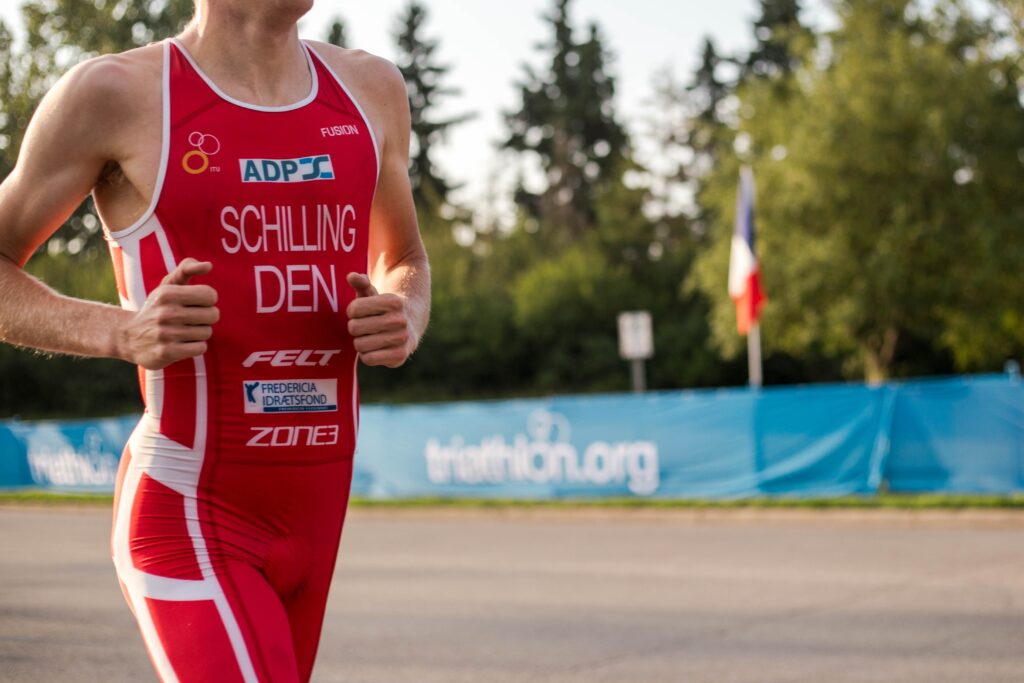One of the simplest tricks to increase your running performance is to correct your posture and arm movements. Wait, what?
That’s right. Research shows that if you properly adjust your upper body, you will notice a 3%-13% lower energy expenditure while running. It translates to faster runs, easier breathing, improved balance, and might even help you avoid small injuries.
In this article, you will learn how to:
- Save energy while running long-distance.
- Gain momentum running up a hill.
- Find the correct position for maximum impact.


What are the key strategies you should keep an eye on daily?
In This Article:
The angle
If you are running long-distance, you might want to save your energy and bend your arms to a smaller than 90-degree angle. If your goal is speed, you will benefit from longer strides. In this case, try to keep your arms at a wider than 90-degree angle.
The momentum
Excessive arms movement can become the perfect tool for running up a hill. Make the arms momentum propel you upward: while running, swing your arms, stop at a 45-degree angle, and use this force to climb up much faster.
The position
If you are preparing for a marathon, you will need to save energy and swing your arms at a limited range. In this case, you should keep your arms at the side and cross the central line of your body while moving. If you are sprinting, try not to cross the central line of your body with your arms. Keep your hands at your side, and use broader movements. It will ensure that you swing your hands into a seamless flow forward and backward, and you will stay balanced and get additional momentum.
The movement
Swing from the shoulders and try to relax them. Running shouldn’t be a struggle. If you feel that you want to clench your fist, you might find it helpful to put your thumb and index finger into the relaxed “OK” sign.
Synchronize your arm swings with your lower body movement, and you will quickly notice the improvements in your performance.
Don’t forget that if something doesn’t feel right, it probably is. If you feel tension, stiffness, or even pain, you should try to relax, carefully reconsider your current form and find a more comfortable alternative.














